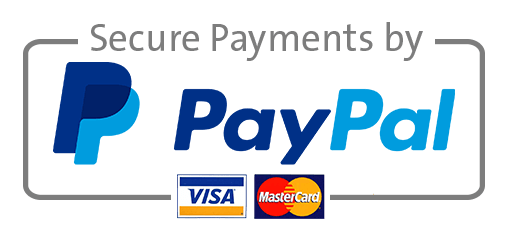[Solved] Nursing Presentation Ppt General
[Solved] Nursing Presentation Ppt General
Moral Distress in Nursing Presentation PPT
General Guidelines: (read the assignment instructions and grading rubric as attached below)
Create a nursing situation (must be original; meaning there should not be any two presented in class that are the same as any other student) which illustrates moral distress related to a clinical problem that an advanced practice nurse is likely to encounter in practice. Ensure to define and explain how the scenario meets the definition of moral distress and that the problem as identified in the nursing situation is supported by evidence-based literature. Describe the personal, professional and organizational factors that are the causes of moral distress within the case scenario from the perspective of the APN. Analyze current interventions and strategies to address the identified issue of moral distress in the created nursing situation at the personal, professional and organizational level. Differentiate moral distress from other common responses to ethical situations encountered in practice (moral uncertainty, dilemma, conflict and residue).
1. Presentation should be between 10-15 slides.
2. Each content slide should be succinct and have no long paragraphs to read.
3. Utilize notes pages may be utilized for explanation if needed and to expand on subject area to cover all criteria on rubric.
4. Use pictures to enhance presentation.
- Content Criteria: (see attached document with grading rubric attached).

